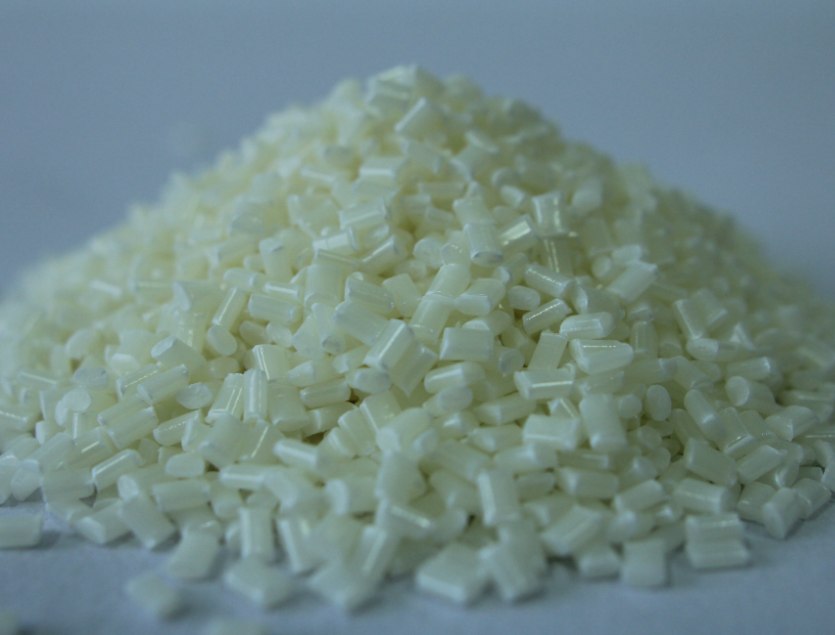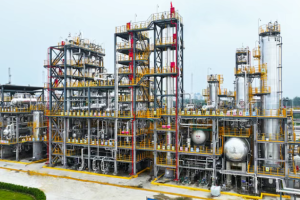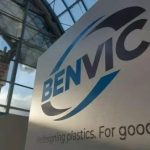October 30, 2024 – Polyplastics Unveils Revolutionary DURACON® POM Reinforced with Short Cellulose Fibers
Polyplastics has recently announced the successful development of a novel DURACON® POM (polyoxymethylene) grade reinforced with short cellulose fibers. This innovative product not only achieves environmental goals but also meets high-performance requirements, marking an important milestone in Polyplastics’ DURACIRCLE® initiative to promote circular economy.

The new short cellulose fiber-reinforced POM grade significantly enhances bending modulus with minimal increase in density, achieving a perfect balance between lightweight and high stiffness. Furthermore, it retains the excellent sliding properties of POM materials, offering more possibilities for product applications.
Notably, the cellulose material used in these new DURACON® POM grades is a non-edible biobased material known as a “negative carbon material” that absorbs carbon dioxide from the atmosphere, contributing significantly to sustainable development. In the production process, Polyplastics employs a solvent-based method to dissolve and spin the cellulose, generating almost no waste and achieving nearly 100% solvent recovery, thereby minimizing environmental impact.
According to the Color Masterbatch Industry Network, compared to traditional glass-filled DURACON® POM, this short cellulose fiber-reinforced POM grade exhibits lower kinetic friction coefficients and reduced wear when paired with carbon steel (S45C). This means that it offers superior sliding performance while ensuring high stiffness, opening up new horizons for engineering plastic applications.
Polyplastics’ innovation demonstrates its deep expertise in material science and its unwavering commitment to environmental protection and sustainable development. With the launch of this new DURACON® POM grade, Polyplastics is poised to take more solid steps on the path of promoting circular economy and sustainable development.














